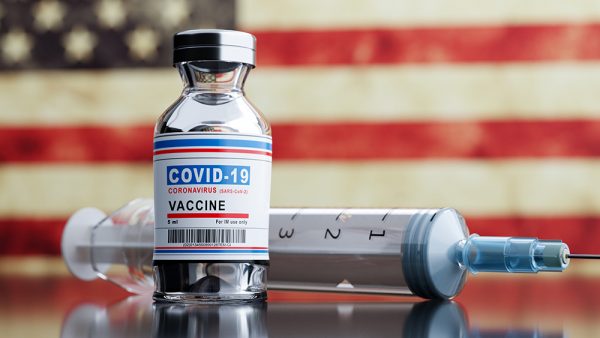 Parler
Parler Gab
Gab
- Homebuyer Tyler Frye discovered his new private well in Casco, Wisconsin tested at 26.6 mg/L nitrate, over twice the U.S. Environmental Protection Agency's safe drinking-water limit of 10 mg/L.
- About 7-10 percent of Wisconsin private wells exceed the 10 mg/L nitrate standard, rising to up to ~20-24 percent in heavily farmed regions.
- The contamination is driven by agriculture: over 90 percent of groundwater nitrate in Wisconsin stems from fertilizer and manure applications.
- Mitigation costs are substantial for homeowners and municipalities alike: Frye installed a reverse-osmosis filter system, and public utilities have spent tens of millions on nitrate removal.
- Policy experts say the state's response is insufficient and call for expanded account-ability, improved monitoring, stricter regulations on large farms and broader support for private well owners.
Nitrate pollution from heavy fertilizer use jeopardizes infant health
Health risks from high nitrate levels heighten the urgency: Infants exposed to high nitrate can develop methemoglobinemia (or "blue baby syndrome"), which deprives blood of oxygen. Some research indicates risks may begin even below the 10 mg/L regulatory threshold. In the context of Wisconsin, where about one-third of households rely on private wells, many well-owners have never tested for nitrates. The WGCC notes that a third of private-well owners have never had their water tested for nitrate. The root cause of the crisis appears systemic: agriculture. Farms in Wisconsin raise millions of cattle and other livestock and apply nitrogen-based fertilizers and manure to croplands. Excess nitrogen not taken up by crops leaches into groundwater and ultimately becomes nitrate pollution. The Alliance for the Great Lakes report estimates that in 2022 alone Wisconsin applied some 16 million pounds of fertilizer beyond crop needs. Policy experts argue the state's current response is inadequate. The Alliance calls for expanded eligibility for well-compensation grants, stricter regulation of large animal feeding operations (CAFOs), mandatory groundwater monitoring and comprehensive farm nutrient management reforms, rather than simply deeper drilling of new wells. "Without a coordinated science-based response to address the pollution at its source, we're only going to see rising financial and human costs," said Angela Blatt, senior agriculture policy manager at the Alliance. Frye continues to attend community meetings in Kewaunee County and contact regulators and local legislators. "No one's really given me a solution on what to do," he says. As Wisconsin's dairy herd and poultry counts grow and manure-digesting technologies encourage larger animal operations, the risk of nitrate contamination in groundwater deepens—posing serious health, financial and environmental challenges for rural families and public utilities alike. According to BrightU.AI's Enoch, nitrate in drinking water, primarily from agricultural runoff and improper waste disposal, poses significant health risks, particularly for infants and pregnant women, due to its potential to form carcinogenic nitrosamines and cause methemoglobinemia, a blood disorder. While natural sources like soil and plants contribute to nitrate levels, excessive concentrations, often above 10 mg/L, indicate pollution and warrant immediate water quality improvement efforts. Watch this full episode of the "Health Ranger Report" with Mike Adams, the Health Ranger, James White and Amanda McKnight as they talk about toxic water poisoning prisoners in the Montana State Prison system. This video is from the Health Ranger Report channel on Brighteon.com. Sources include: ChildrensHealthDefense.org BrightU.ai Brighteon.comThe hidden stressor: How inadequate hydration primes your body for overload
By Willow Tohi // Share
Washington seeks UN approval for International Security Force to be deployed in Gaza
By Ramon Tomey // Share
Calls grow for accountability over COVID-19 vaccine messaging and oversight
By Patrick Lewis // Share
The high cost of hypocrisy: COP30’s road through the rainforest
By Willow Tohi // Share
An apple a day, scientifically substantiated: how a simple fruit supports heart and gut health
By Willow Tohi // Share
Governments continue to obscure COVID-19 vaccine data amid rising concerns over excess deaths
By patricklewis // Share
Tech giant Microsoft backs EXTINCTION with its support of carbon capture programs
By ramontomeydw // Share
Germany to resume arms exports to Israel despite repeated ceasefire violations
By isabelle // Share










